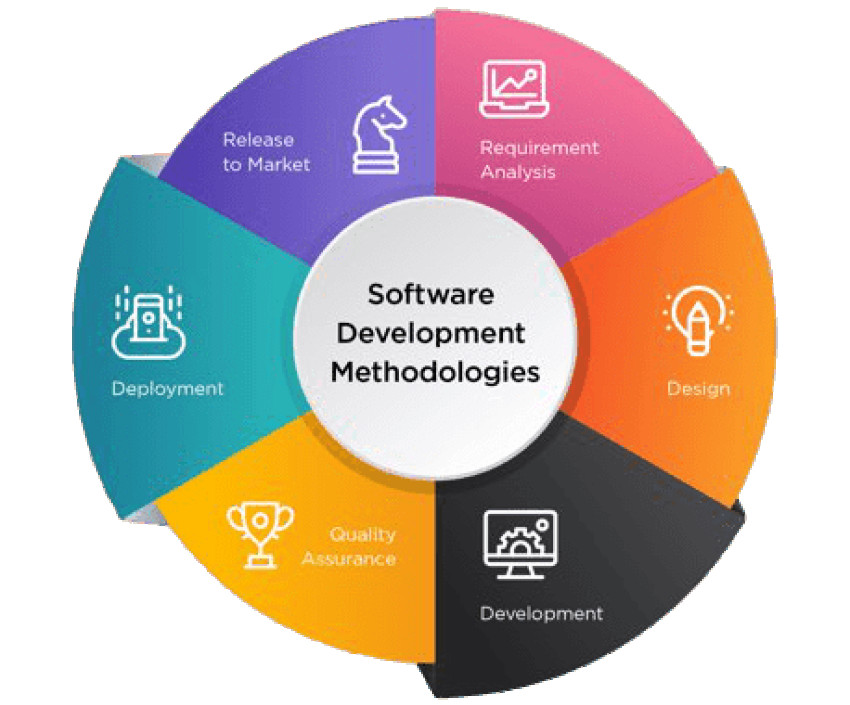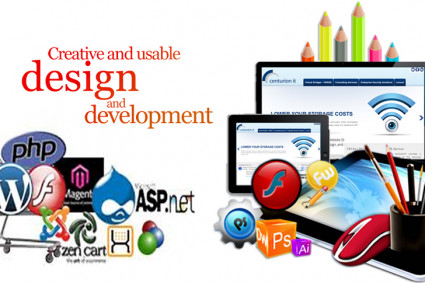
As manufacturing processes continue to evolve, there has been a notable shift towards additive technologies. Also known as 3D printing, additive manufacturing offers a revolutionary approach to production that is transforming various industries.
Traditional manufacturing processes involve subtractive methods, where material is removed from a solid block to create the desired shape. In contrast, additive manufacturing builds objects layer by layer, using a digital design file as a blueprint. This process eliminates the need for molds or tooling, making it highly versatile and cost-effective.
Furthermore, additive technologies allow for complex geometries and intricate designs that are often challenging to achieve with traditional methods. With these advantages, it is no wonder that additive manufacturing has garnered significant attention and is being adopted by a wide range of sectors, from aerospace and automotive to healthcare and consumer goods.
Understanding the Fundamentals: How Additive Manufacturing Works
Additive manufacturing, also known as 3D printing, is a revolutionary process that has disrupted traditional manufacturing methods. Unlike subtractive processes, which involve cutting and shaping raw materials, additive manufacturing builds objects layer by layer, using digital designs as a blueprint. At its core, this technology works by transforming a virtual model into a physical object, eliminating the need for molds, tools, and extensive manual labor.
The process begins with a digital design, created using computer-aided design (CAD) software. This design is then converted into a format that can be understood by the additive manufacturing machine, such as a stereolithography (STL) file. The machine takes this digital file and slices it into thin cross-sectional layers. Once the slicing is complete, the machine starts the build process by depositing or solidifying material layer by layer according to the design specifications.
This can be done using different techniques, such as extrusion, powder bed fusion, or vat photopolymerization, depending on the type of additive manufacturing technology used. The result is a physical object that matches the original digital design, with intricate details and complex geometries that would be challenging to achieve using traditional manufacturing methods. Additive manufacturing offers unprecedented design freedom, allowing for the creation of highly customized and intricate objects that were once impossible to produce.
Additive Manufacturing has revolutionized production processes, and companies specializing in logistics software development services play a crucial role in optimizing supply chain operations for seamless integration.
Advantages of Additive Manufacturing in Various Industries
Additive Manufacturing, also known as 3D printing, has revolutionized production processes across various industries. From healthcare and automotive to aerospace and consumer goods, additive manufacturing offers numerous advantages that have transformed the way products are created.
One of the key advantages of additive manufacturing is its ability to produce complex geometries. Traditional manufacturing techniques often struggle with intricate designs, but additive manufacturing can effortlessly build complex shapes layer by layer.
This opens up possibilities for creating customized and unique products that would be otherwise impossible to manufacture using conventional methods. Moreover, the flexibility of additive manufacturing enables rapid prototyping, reducing the time and costs involved in bringing a new product to market.
The benefits of additive manufacturing extend beyond design capabilities. This technology also allows for the production of lightweight yet strong components. By using lattice structures and optimized designs, materials can be strategically placed to maximize strength while minimizing weight.
This advantage is particularly applicable in industries such as aerospace, where reducing weight is crucial for fuel efficiency and overall performance. Additive manufacturing also eliminates the need for assembly parts, reducing complexity and potential points of failure, further enhancing efficiency and reliability.
Exploring Different Types of Additive Manufacturing Technologies
Additive manufacturing, also known as 3D printing, is a revolutionary technology that has gained significant attention in recent years. This manufacturing process involves building a three-dimensional object layer by layer, using computer-aided design (CAD) models as a blueprint. There are various types of additive manufacturing technologies available today, each with its own unique approach and application.
One common type of additive manufacturing technology is called Fused Deposition Modeling (FDM). In FDM, a thermoplastic material is heated to its melting point and then extruded through a nozzle, creating thin layers that gradually build up to form the final object. This technology is widely used in the production of prototypes and functional parts, offering cost-effective and quick manufacturing solutions.
Another popular type of additive manufacturing technology is Selective Laser Sintering (SLS), which utilizes a high-powered laser to selectively fuse powdered materials, such as polymers or metals. The laser scans the powder bed, melting and solidifying it in the desired areas, layer by layer. SLS is known for its ability to create complex geometries and produce strong, durable parts. It is commonly used in the aerospace and automotive industries, where high-performance materials are often required.
In conclusion, additive manufacturing technologies have revolutionized the manufacturing industry, offering new capabilities and endless possibilities. From Fused Deposition Modeling to Selective Laser Sintering, each type of technology has its own advantages and applications. The exploration of different additive manufacturing technologies continues to push the boundaries of what is possible, paving the way for a future where complex objects can be created with ease.
Materials for Additive Manufacturing: From Polymers to Metals and Beyond
The field of additive manufacturing has witnessed significant advancements in recent years, predominantly in the materials used for the manufacturing process. Traditionally, polymers were the primary material employed in additive manufacturing technologies. Polymers offer several advantages, including low cost, high flexibility, and ease of processing. However, as additive manufacturing technologies have evolved, the range of materials utilized has expanded beyond polymers.
One of the most notable developments in additive manufacturing materials is the usage of metals. Metal additive manufacturing enables the production of complex and intricate designs that were previously unattainable. With the ability to work with metals such as titanium, aluminum, and stainless steel, additive manufacturing has opened up new possibilities in aerospace, automotive, and medical industries, among others.
The strength, durability, and heat resistance offered by metal materials make them ideal for applications that require high-performance components. Furthermore, the ability to fabricate metal parts with minimal waste contributes to the appeal of additive manufacturing in terms of sustainability and cost-effectiveness. As additive manufacturing continues to progress, the range of materials utilized will undoubtedly expand even further, providing manufacturers with a broader scope for innovation and creativity.
• Additive manufacturing has traditionally used polymers as the primary material due to their low cost, flexibility, and ease of processing.
• However, recent advancements in additive manufacturing have led to the utilization of metals as materials for production.
• Metal additive manufacturing allows for the creation of complex designs that were previously impossible to achieve.
• Metals such as titanium, aluminum, and stainless steel are commonly used in additive manufacturing processes.
• The strength, durability, and heat resistance offered by metal materials make them ideal for high-performance applications in industries like aerospace, automotive, and medical fields.
• Additive manufacturing with metals also contributes to sustainability and cost-effectiveness by minimizing waste during fabrication.
• As technology continues to advance in additive manufacturing, it is expected that the range of materials utilized will continue expanding.
Designing for Additive Manufacturing: Considerations and Best Practices
Additive manufacturing, also known as 3D printing, has revolutionized the way products are designed and manufactured. As a result, designers and engineers need to adapt their approach to designing for additive manufacturing to fully leverage the benefits it offers.
When designing for additive manufacturing, one of the key considerations is the complexity of the design. Unlike traditional manufacturing methods, where certain geometries and features may be difficult or even impossible to produce, additive manufacturing allows for highly intricate designs.
However, it is important to strike a balance between complexity and functionality, as overly complex designs can result in increased costs and longer production times. Therefore, understanding the capabilities and limitations of the additive manufacturing technology being used is crucial in order to optimize the design for production efficiency.
What is additive manufacturing?
Additive manufacturing, also known as 3D printing, is a process of creating three-dimensional objects by adding successive layers of material.
How does additive manufacturing work?
Additive manufacturing works by using computer-aided design (CAD) software to create a digital model of the object. This model is then sliced into thin layers, and the 3D printer builds the object layer by layer, using materials such as polymers, metals, or ceramics.
What are the advantages of additive manufacturing?
Additive manufacturing offers numerous advantages, including the ability to create complex geometries, reduce material waste, customize products, improve design flexibility, and accelerate the production process.
In which industries is additive manufacturing commonly used?
Additive manufacturing is used in various industries, including aerospace, automotive, healthcare, consumer goods, and architecture. It has applications in prototyping, tooling, production parts, and even custom medical implants.
What are the different types of additive manufacturing technologies?
There are several types of additive manufacturing technologies, including fused deposition modeling (FDM), stereolithography (SLA), selective laser sintering (SLS), and electron beam melting (EBM). Each technology has its own advantages and is suitable for different applications.
What materials can be used in additive manufacturing?
Additive manufacturing can use a wide range of materials, including polymers, metals, ceramics, and composites. The choice of material depends on the specific requirements of the application, such as strength, flexibility, or heat resistance.
What are some considerations for designing for additive manufacturing?
When designing for additive manufacturing, it is important to consider factors such as support structures, orientation, tolerances, and surface finish. Designers should also optimize the design for additive processes to take full advantage of the technology's capabilities.
What are some best practices for designing for additive manufacturing?
Some best practices for designing for additive manufacturing include designing with the intended manufacturing process in mind, minimizing the need for supports, designing for efficient material usage, and leveraging the unique capabilities of additive manufacturing, such as lightweighting and complex geometries.





